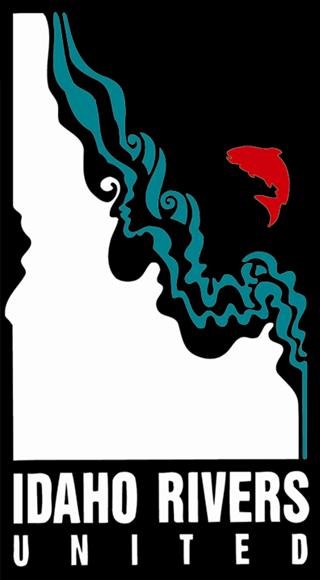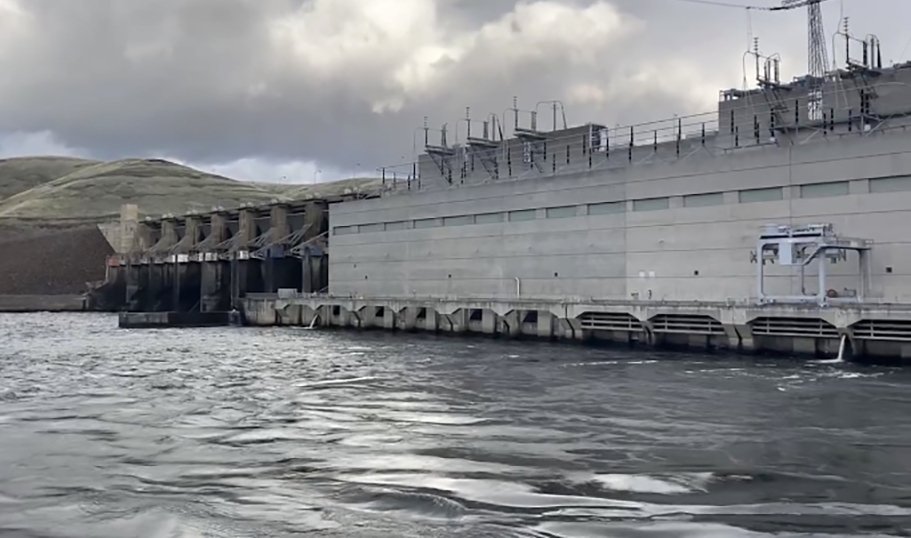Federal agencies prepare a SEIS to update the Columbia River System Operations
Lower Granite dam on the Snake River. Photo credit: IRU staff
In December the federal government announced its intent to reexamine the impacts to imperiled salmon and steelhead populations from the fourteen-dam Federal Columbia River System, which includes the four Lower Snake River Dams (LSRDs). The announcement was made by the Army Corps of Engineers and the Bureau of Reclamation, co-lead agencies for this effort, who along with Bonneville Power Administration published an Environmental Impact Statement (EIS) in 2020.
This announcement will commence a “supplemental EIS” or SEIS process, in which new information and circumstances will be incorporated by the agencies in an updated report. This development is a critical next step outlined in the commitments of the December 2023 litigation agreement between the federal government and the plaintiffs – Oregon, Washington, four Tribal Nations in the Columbia Basin (collectively the “Six Sovereigns”), and conservation and fishing organizations including IRU, represented by Earthjustice (read their full press release here).
This initial scoping phase of the SEIS includes a call for new information that was not considered in 2020. A comment period is open through March 20th, allowing the public an opportunity to advocate for continued, meaningful momentum towards LSRD removal so that salmon runs may recover to healthy and harvestable numbers.
Here’s the breakdown on the SEIS announcement:
The agreement with the federal government is based on the Columbia Basin Restoration Initiative, a comprehensive plan drafted by the Six Sovereigns for recovering salmon populations and restoring ecosystem services, alongside investments in clean energy and local economies across the Basin.
A centerpiece to the CBRI, and to the federal government’s commitments, is replacing the services provided by the LSRDs, in order to pave the way for dam removal on the Lower Snake. What that has looked like over the past year has been collaboration between federal and State of Washington agencies on studies pertaining to replacement options for the water supply, transportation, energy, and recreation services of the four dams. The timeline for these studies range from a released draft in the case of water supply, to more than a year of work ahead in the case of energy replacement.
The initiation of an SEIS process is a step in the right direction, particularly due to the flawed nature of the 2020 EIS, along with a history of similar federal management plans that have proven to be inadequate in recovering salmon populations, let alone ensuring their long-term survival. The status of wild Snake River salmon populations is and will continue to be perilous, despite access to hundreds of miles of pristine spawning habitat, until the survival bottleneck through eight dams and reservoirs is fully addressed.
Stay tuned for updates this winter and spring of 2025 as IRU and our partners work to hold the federal government accountable in this process. We will need your voice to yet again speak up for Snake River Basin salmon recovery.


